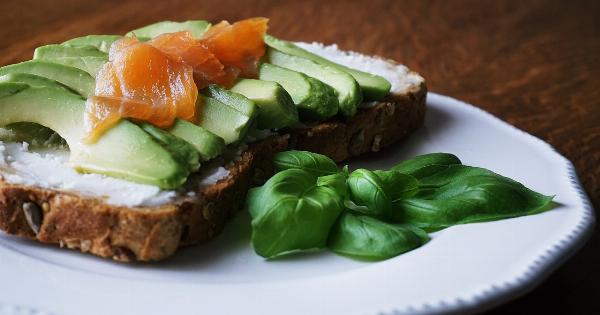Magnesium is a mineral that plays many important roles in the body. It helps regulate muscle and nerve function, blood sugar levels, and blood pressure, and is also required for the production of DNA, RNA, and the antioxidant glutathione.
Despite its importance, many people do not get enough magnesium in their diet. In fact, according to the National Institutes of Health, over half of the US population is deficient in this mineral. Here are some of the best dietary sources of magnesium:.
1. Spinach
Dark leafy greens like spinach are an excellent source of magnesium, with one cup cooked spinach containing 157 milligrams (mg), which is 39% of the recommended daily intake (RDI) for adults.
Spinach is also a good source of other important nutrients like iron, vitamin K, and folate, making it a great addition to any diet. Try adding fresh spinach leaves to your salads, sautéed as a side dish, or blended into smoothies.
2. Almonds
Almonds are a rich source of magnesium, with one ounce (28 grams) providing 75 mg, or 19% of the RDI for adults.
They are also high in healthy fats, fiber, and protein, making them an excellent snack option that will keep you feeling full and satisfied for longer.
Other nuts like cashews, peanuts, and hazelnuts are also good sources of magnesium, so try mixing them up to get a variety of nutrients and flavors in your diet.
3. Avocado
Avocado is a nutritious and versatile fruit that is rich in magnesium, with one medium avocado containing 58 mg, or 15% of the RDI for adults.
Avocado is also high in heart-healthy monounsaturated fats, fiber, and potassium, which helps regulate blood pressure.
Try adding sliced avocado to your sandwiches, salads, or smoothies for a creamy and nutritious boost.
4. Black Beans
Black beans are a delicious and affordable source of magnesium, with one cup cooked beans providing 120 mg, or 30% of the RDI for adults. They are also high in protein, fiber, and a variety of other nutrients like iron, folate, and vitamin B6.
Try adding black beans to your soups, stews, or chili, or enjoy them as a side dish with some rice and veggies.
5. Dark Chocolate
If you need another reason to indulge in some chocolate, here it is: dark chocolate is a surprisingly good source of magnesium, with one ounce (28 grams) containing 64 mg, or 16% of the RDI for adults.
Dark chocolate is also high in antioxidants and flavanols, which can improve heart health and brain function. Just be sure to choose high-quality, dark chocolate that is low in added sugars and other unhealthy ingredients.
6. Tofu
Tofu, a soy-based meat substitute, is a great vegetarian source of magnesium, with one half-cup serving containing 37 mg, or 9% of the RDI for adults. Tofu is also high in protein and other important nutrients like iron and calcium.
Try using tofu in stir-fries, salads, or curries for a protein-packed and nutrient-rich meal.
7. Quinoa
Quinoa is a nutritious and versatile grain that is high in magnesium, with one cup cooked quinoa containing 118 mg, or 30% of the RDI for adults.
Quinoa is also a good source of protein, fiber, and a variety of other important nutrients like iron and zinc.
Try using quinoa as a base for your salads, or enjoy it as a side dish with some roasted veggies and a protein source like chicken or tofu.
8. Pumpkin Seeds
Pumpkin seeds are a tasty and nutritious snack that is high in magnesium, with one ounce (28 grams) providing 150 mg, or 37% of the RDI for adults.
Pumpkin seeds are also high in protein, fiber, and healthy fats, making them a great option for snacking on the go.
Try roasting some pumpkin seeds and adding them to your trail mix, or sprinkle them on top of your salads or soups for some added crunch.
Conclusion
Magnesium is an important mineral that plays many vital roles in the body, yet many people do not get enough of it in their diet.
Eating a variety of magnesium-rich foods like spinach, almonds, avocado, black beans, dark chocolate, tofu, quinoa, and pumpkin seeds can help you meet your daily magnesium needs and reap the many health benefits associated with this essential nutrient.






























